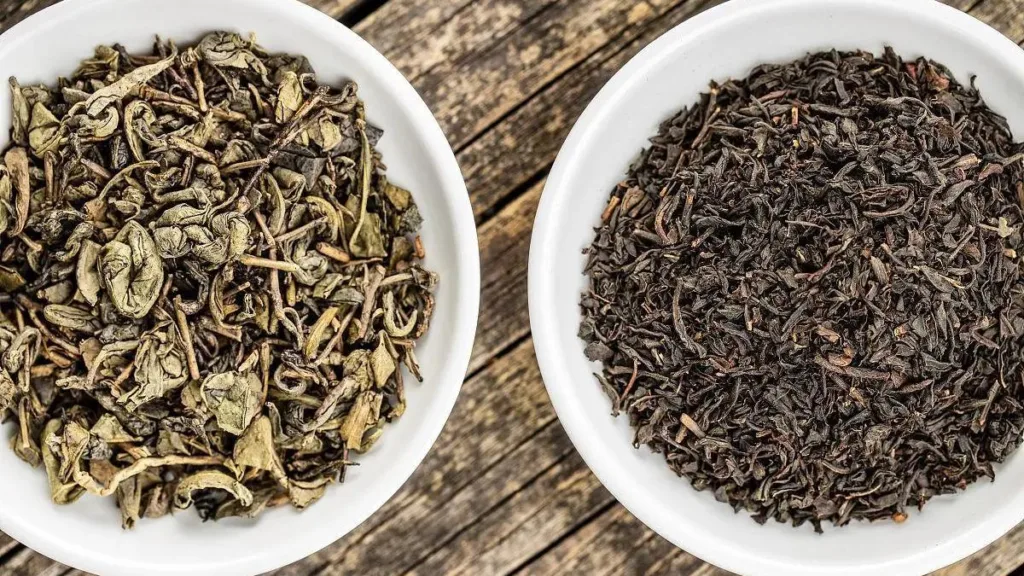As the culture of tea continues to evolve, people’s demands for tea utensils have grown. The desire for both functionality and aesthetic value has become increasingly prominent. Exquisite tea utensils not only fulfill their intended purpose but also add a lot to the enjoyment of the tea-drinking experience.
Tea utensils can be categorized into five types based on the materials used: pottery tea utensils, porcelain tea utensils, metal tea utensils, glass tea utensils, and bamboo and wooden tea utensils. Each type of tea utensil possesses its own unique charm, offering a different experience during tea consumption.
1. Pottery Tea Utensils
Pottery tea utensils are among the earliest types of tea utensils in China. As early as the beginning of the Northern Song Dynasty, pottery tea utensils had already begun to take shape. Fired at high temperatures, pottery tea utensils have a dense structure that prevents leakage while maintaining microscopic pores, facilitating heat retention without becoming too hot to handle. The simplicity and elegance of their designs, coupled with natural and subdued colors, make pottery tea utensils visually appealing.
Among pottery tea utensils, Yixing purple clay teaware stands out. Originating from the Song Dynasty, Yixing purple clay teaware reached its peak during the Ming and Qing Dynasties and remains highly popular among tea enthusiasts today. Known for its natural color and texture, purple clay provides a visual feast, offering a unique and delightful experience when used.
2. Porcelain Tea Utensils
Porcelain tea utensils can be further divided into five subtypes: celadon porcelain, white porcelain, black porcelain, enamel porcelain, and colored porcelain.
- Celadon Porcelain: Originating around the Jin Dynasty, celadon porcelain became increasingly popular, with Zhejiang as a renowned celadon production center. Celadon tea utensils are known for their elegant shapes and intricate designs.
- White Porcelain: White porcelain tea utensils are characterized by their pure and noble color. Often adorned with paintings depicting landscapes, flowers, birds, or famous calligraphy, they are both practical and aesthetically pleasing.
- Black Porcelain: Black porcelain tea utensils gained popularity during the late Tang Dynasty and reached their peak during the Song Dynasty. Especially associated with the “tea fight” culture of the Song Dynasty, black porcelain is both practical and visually appealing.
- Enamel Porcelain: Enamel porcelain tea utensils are recognized for their vibrant colors and intricate patterns. They showcase a combination of practicality and artistic expression, often featuring detailed illustrations.
- Colored Porcelain: Colored porcelain tea utensils, particularly blue and white porcelain, are famous for their delicate patterns. Blue and white porcelain, with its tranquil and elegant designs, has been widely appreciated for centuries.
3. Metal Tea Utensils
Metal tea utensils, made from gold, silver, copper, iron, tin, and other metals, are among the oldest daily-use items in China. While some people believe that using metal utensils for boiling water or brewing tea may alter the taste, metal tea canisters, such as those made of tin, are quite popular for storing tea leaves. Handmade silver teapots have also gained popularity, symbolizing status and wealth.
4. Glass Tea Utensils
Glass tea utensils, with their transparent and glossy appearance, provide a unique visual experience during tea brewing. Glass allows tea enthusiasts to appreciate the natural form and vibrant colors of tea leaves. Although glassware is more fragile compared to ceramics, its transparency adds a layer of sophistication to the tea-drinking process.
Conclusion
In summary, the choice of tea utensils plays a crucial role in the overall experience of tea consumption. Each material brings its unique characteristics, combining functionality and aesthetics. Whether it’s the earthy charm of pottery, the refined elegance of porcelain, the traditional allure of metal, or the transparent beauty of glass, tea enthusiasts can select utensils based on their preferences and create a personalized and enjoyable tea-drinking experience.



